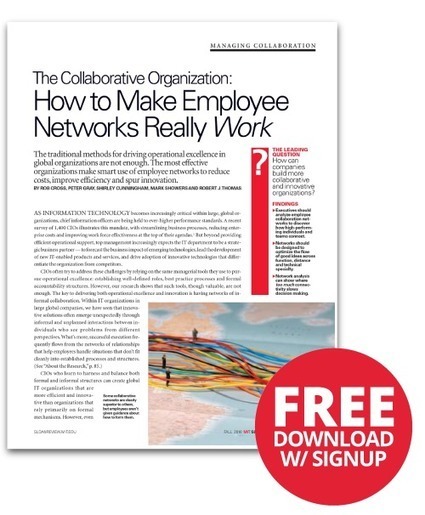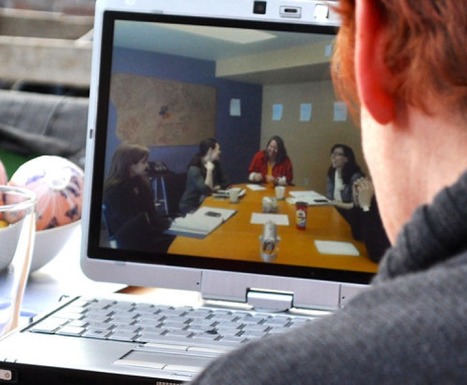It's all too common. Agendas conflict, personalities clash. People get hired for their great skills who turn out to have major issues. Whatever the source, when a colleague (or subordinate or boss) is driving you up the wall, it's up to you to figure out how to cope.
Exiling them to a desert island probably isn't an option, but here are six strategies that can help:
Via The Learning Factor



 Your new post is loading...
Your new post is loading...



















A difficult co-worker can suck all the joy out of your work and even make you less effective. But with a few skills and strategies, you can get back to what you need to be doing.
so true